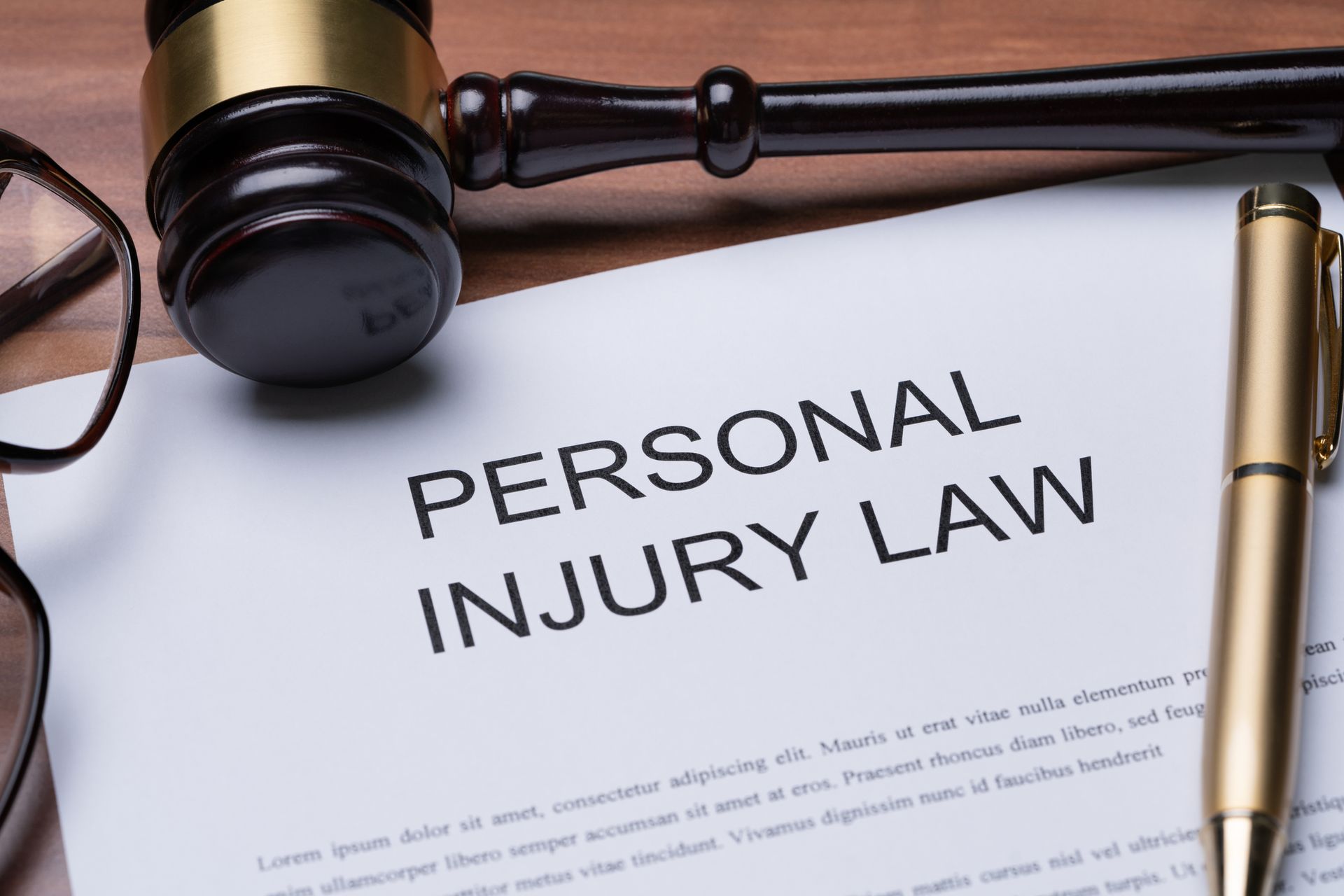The 5-Step Social Security Disability Evaluation

Do you have a mental or physical disability that will result in your death or keep you from working for 12 months or longer? In either case, you may qualify to file for Social Security Disability Insurance (SSDI). When your claim is received, it will go through a five-step evaluation by the Social Security Administration (SSA). Here is an overview of each step in the process your claim will journey through.
Step 1: Substantial Gainful Activity (SGA)
At the first step, Social Security Administration will determine whether you are currently working. Are you able to engage mentally and physically in any substantial gainful activity?
Substantial gainful activity is more than just working. Running a small business, crafting, or volunteering can be considered substantial even if your actions are not producing income.
If you are receiving income, the SSA limits how much you can earn. In 2021, SGA limits were $1,310 or more per month. The SGA limit for people who are blind is $2,190 per month. Earning this amount of income or more, even if you have disabling medical conditions, will keep you from qualifying for benefits.
Step 2: Medical Severity of Impairment
If you are not engaged in Substantial Gainful Activities, your claim will move to step two. At this point, an evaluation of the severity of your medical impairment is performed.
To be considered severe, the impairment must interfere with or limit your ability to perform basic work activities. Two categories of work activities are physical and mental. Physical activities include:
- Sitting
- Standing
- Walking
- Pulling
- Pushing
- Lifting
Mental work activities that the SSA consider are:
- Understanding and following simple instructions
- Dealing with change to work routines
- Responding appropriately to work situations, co-workers, and feedback from supervisors
The SSA makes its determination based on the pain and fatigue caused by your impairment when carrying out the above work activities.
During step two, the SSA also reviews the anticipated duration of your condition. If the period is determined to be less than 12 months, you will not qualify for benefits.
Step 3: Listed Impairments
The SSA maintains a listing of impairments that would be severe enough to keep you from engaging in substantial activities. The listings address each of your body's systems and whether the impairments are permanent, expected to result in death, or last over 12 months.
Listings are divided into Part A and Part B. The criteria in Part A apply to adults over the age of 18 or children under 18 who suffer from conditions that have the same or similar effects on children and adults.
Part B criteria only apply to children under the age of 18. Additional measures may be listed for some common conditions that affect both children and adults, especially if some of the conditions differ or change as the child ages.
Step three also includes a residual functional capacity test (RFC). The RFC evaluates your ability to regularly perform and sustain full-time work-related physical and mental activities despite your limitations.
An RFC does not include your sex, age, or physical condition. Step four will consider the results of your RFC.
Step 4: Past Relevant Work
This step considers whether you can do work you performed in the past or if your impairments, age, education, and work experience keep you from doing other types of similar substantial work. The SSA does not consider if any of the identifiable jobs are available in your area, whether there are vacancies in these areas, or whether you would be hired if you apply.
Step 5: Any Other Work
At step five, the SSA has the burden of proof to show that companies can train you to do other work besides what you have performed in the past and are no longer able to do. They must also show you can engage in these activities considering your current impairments, age, and education.
Navigating the Social Security process can be very difficult. Approximately 63%
of applications are denied when they are submitted. The Law Offices of James B. Gillespie, Jr.
, can help keep you from becoming one of these statistics. Give us a call today and allow us to help you through the process.





